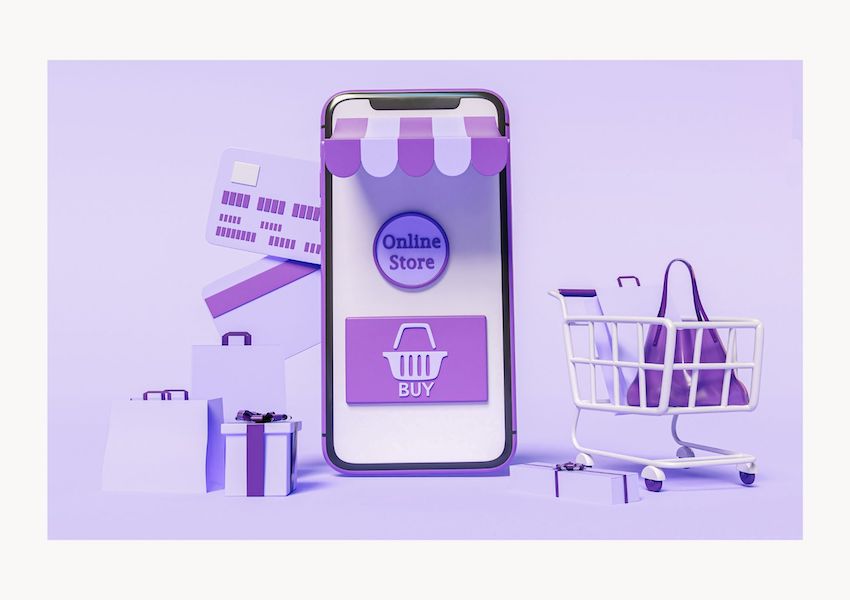5 Ways to Improve Your E-Commerce Conversion Rates

In e-commerce, a conversion occurs when a visitor or recipient completes a desired action. This could be a customer making a purchase on a shopping website (primary conversion) or signing up for a newsletter, downloading a resource, or adding items to a cart (secondary conversions). Each conversion represents a step in moving potential customers through the sales funnel.
For direct-to-consumer (D2C) retail brands, improving conversion rates is key to driving growth. The e-commerce conversion rate measures the percentage of website visitors who complete a purchase, which is an important metric for evaluating the effectiveness of your website in turning visitors into customers.
For example, if 500 visitors come to your site and 25 make purchases, then your conversion rate is 5% (25 divided by 500, multiplied by 100. You can use tools such as Google Analytics to track the traffic on your site traffic from all visitors whether they made a purchase or not.
Every consumer brand can elevate their conversion rates and achieve sustainable growth with a focus on a conversion strategy that helps to build a seamless, trustworthy, and engaging shopping experience that leads to higher sales without increasing traffic costs, improved customer retention and strong brand loyalty over time.

1. Optimize Your Website and User Experience
Increasing traffic to your website is one of the best ways to boost sales, and first impressions matter. Simplify the navigation of your site with a clean layout, clear categories, and prominent search functionality that’s easy to use.
As the majority of consumer browse and shop on their smartphones, ensure your website is mobile-friendly and responsive for a seamless shopping experience. Simplify your website’s checkout processes with auto-filled forms and fewer steps to reduce abandoned shopping carts — offer guest checkout instead of mandatory account sign-ups, and multiple payment options that incorporate digital wallets.
2. Use High-Impact Product Images
Online shoppers can’t see or touch the product you’re selling ahead of time, so they need all the information they can get about quality and value before making a purchase. Invest in professional, high-resolution images or video that show off your products in the very best light, accompanied by compelling descriptions that use persuasive language to highlight the benefits of your products. Include as many product photos to product pages as you can to help customers really get an image of your items in their minds.
3. Personalize the Shopping Experience
Boost your conversion rates by making it easy for customers to find what they’re looking for on your website. Experiment with features such as image search, product recommendations based on browsing history or dynamic content that displays recently viewed items, which can help with cross-selling and increasing your average order value.
Use your website data to conduct email marketing based on user preferences or past orders such as post-purchase emails with helpful tips for using or styling the item they just bought. If there are shoppers who have shown an interest in your products but did not complete the purchasing process, then you can send “abandoned cart emails” to remind potential customers of what they liked about your products and encourage them to return and finish their purchase.
4. Offer an Incentive
Did you know that about 60% of shoppers won’t buy from a retailer if they don’t offer free shipping? To convert your site’s visitors into shoppers, you could provide discount codes for new customers, or a time-limited offer for repeat customers to create a sense of urgency.
5. Leverage Social Proof
Word of mouth is still an effective way to market a brand and can help to attract new customers. Showcase great customer reviews, testimonials or user-generated content on your website to boost your credibility and encourage conversions. Knowing that someone else has had a good experience with your brand or enjoys your products can nudge hesitant customers to make a purchase.
